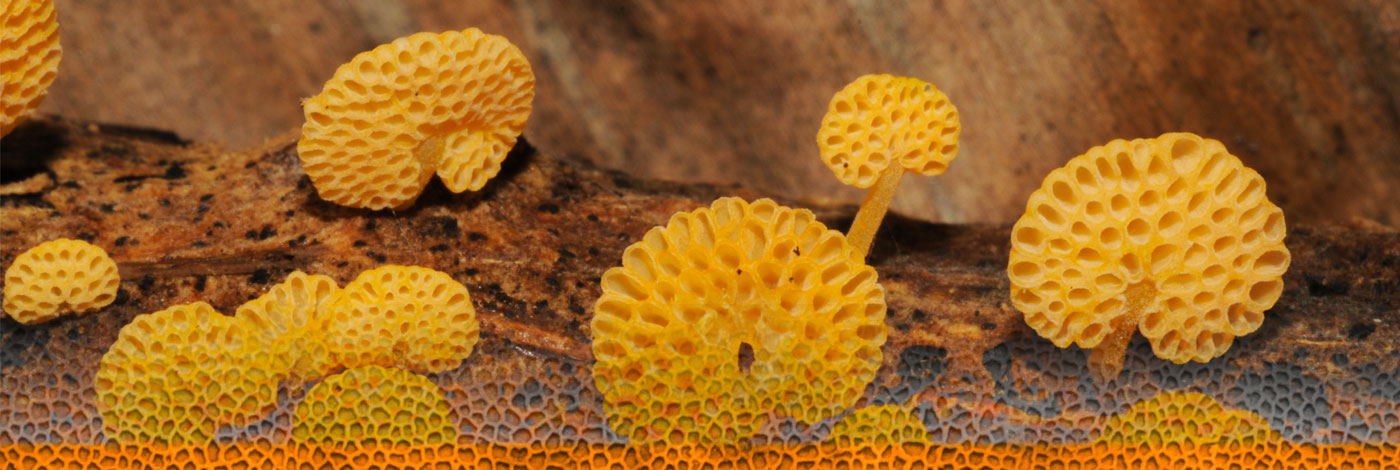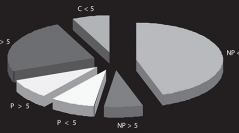

 Cryptogamie, Mycologie
33 (1) - Pages 43-57
Cryptogamie, Mycologie
33 (1) - Pages 43-57The lead (Pb) and zinc (Zn) content in soil can qualitatively and quantitatively affect the microbial community and, therefore, the normal functioning of the soil ecosystem. The aim of this study was to assess the effect of long-term Pb and Zn contamination on soil fungi isolated by the dilution plate method, also in relation to vegetal topsoil. We analysed soil samples collected near dominant plant species (Pistacia lentiscus L., Quercus ilex L., Arbutus unedo L., and Phillyrea angustifolia L.) in soils suffering from heavy metal pollution as well as in unpolluted sites. The study area is located in the mining district of Ingurtosu (South-West Sardinia), where the polluted sites were severely contaminated by lead extraction activities that probably began before the Roman era. The obtained data were subjected to multivariate analysis, using Canonical Correspondence Analysis, to determine the relationship between the soil biota and the environmental variables. High concentrations of lead and zinc, with some variation with respect to the vegetation, were found in the topsoil of all polluted sites. Soil pollution places stress on sensitive micro-organisms, which causes a change in the diversity of soil mycota. A significant decline in micro-fungal abundance was observed in all polluted soils tested in this study. In addition, some interesting fungal species are discussed.